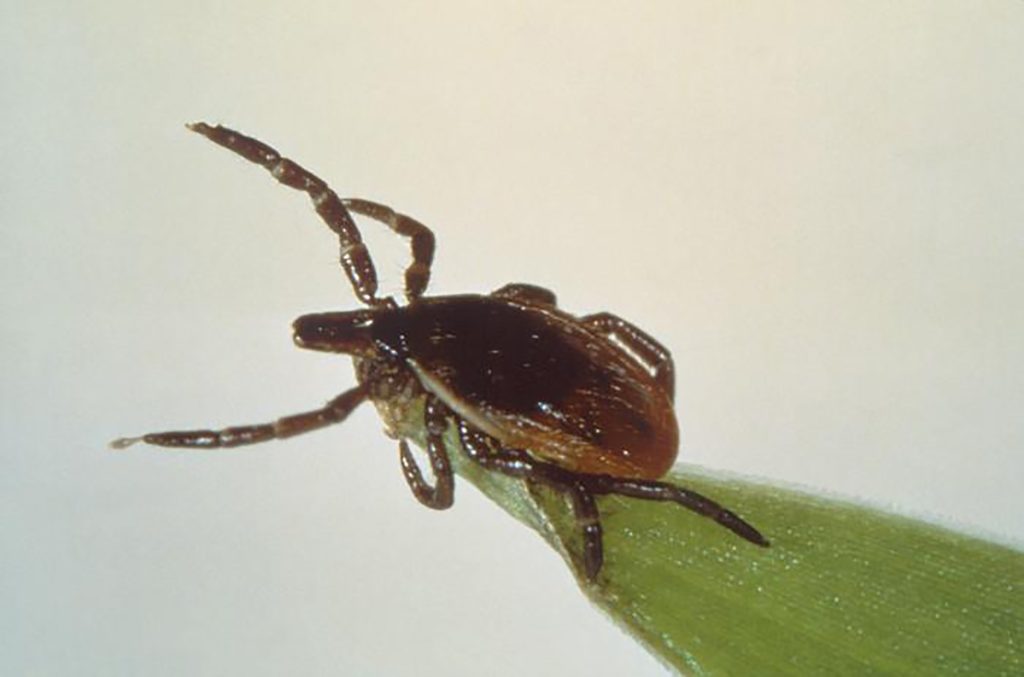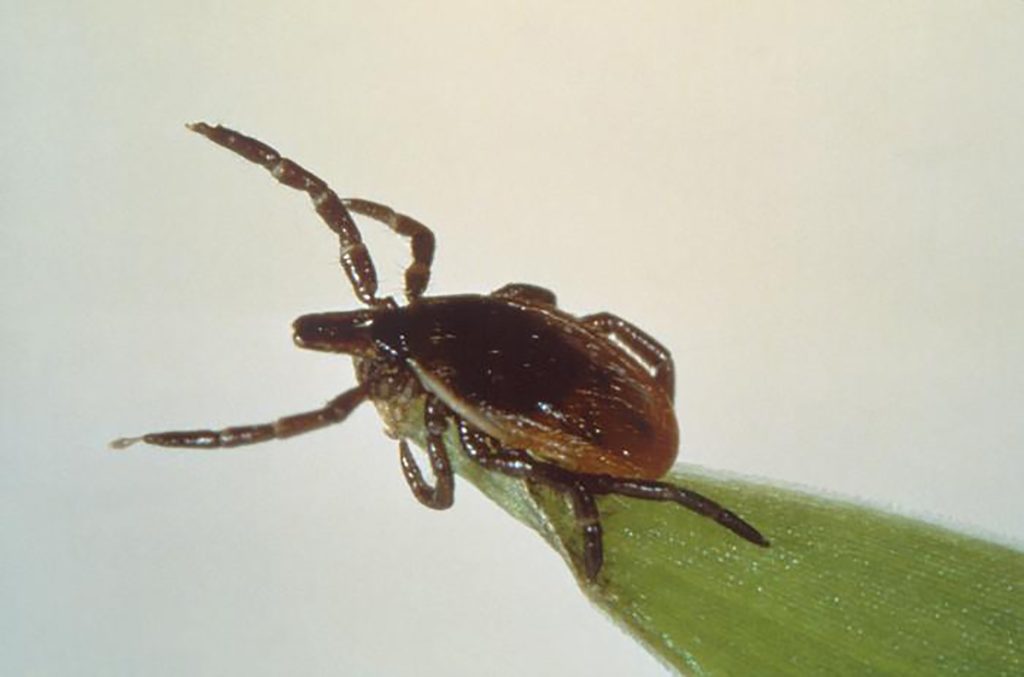Increased Tick Activity: Understanding The Risks And Implementing Effective Prevention Strategies

Welcome to your ultimate source for breaking news, trending updates, and in-depth stories from around the world. Whether it's politics, technology, entertainment, sports, or lifestyle, we bring you real-time updates that keep you informed and ahead of the curve.
Our team works tirelessly to ensure you never miss a moment. From the latest developments in global events to the most talked-about topics on social media, our news platform is designed to deliver accurate and timely information, all in one place.
Stay in the know and join thousands of readers who trust us for reliable, up-to-date content. Explore our expertly curated articles and dive deeper into the stories that matter to you. Visit Best Website now and be part of the conversation. Don't miss out on the headlines that shape our world!
Table of Contents
Increased Tick Activity: Understanding the Risks and Implementing Effective Prevention Strategies
Ticks. The tiny arachnids are making headlines this year, and for good reason: reports of increased tick activity are surging across the nation. This isn't just an inconvenience; it's a serious public health concern, as ticks can transmit a range of debilitating diseases. Understanding the risks and implementing effective prevention strategies is crucial for protecting yourself and your family.
The Rise of Tick Populations: Why Now?
Several factors contribute to the observed increase in tick populations. Warmer winters, milder springs, and longer autumns create ideal breeding grounds for these parasites. Increased suburban sprawl encroaches on tick habitats, bringing humans and ticks into closer contact. Finally, changes in deer and rodent populations – common tick hosts – can also influence tick numbers. This perfect storm necessitates proactive measures.
Understanding the Risks: Diseases Transmitted by Ticks
The real danger lies in the diseases ticks can transmit. The most well-known is Lyme disease, caused by the bacteria Borrelia burgdorferi. Lyme disease symptoms can range from a characteristic bullseye rash to severe joint pain, fatigue, and neurological problems. However, Lyme isn't the only threat. Other tick-borne illnesses include:
- Anaplasmosis: A bacterial infection causing fever, headache, muscle aches, and chills.
- Babesiosis: A parasitic infection that can lead to anemia, fatigue, and jaundice.
- Ehrlichiosis: Another bacterial infection with symptoms similar to anaplasmosis.
- Rocky Mountain Spotted Fever: A bacterial infection causing fever, rash, headache, and muscle pain.
Effective Tick Prevention Strategies: Protecting Yourself and Your Loved Ones
Prevention is key when it comes to tick-borne illnesses. Here are some crucial steps you can take:
1. Protective Clothing: When venturing into tick-infested areas (wooded or grassy areas), wear long pants tucked into socks, long-sleeved shirts, and closed-toe shoes. Light-colored clothing makes it easier to spot ticks.
2. Tick Repellents: Use EPA-registered insect repellents containing DEET, picaridin, IR3535, or oil of lemon eucalyptus. Always follow the product label instructions carefully. .
3. Regular Tick Checks: After spending time outdoors, thoroughly check yourself, your children, and your pets for ticks. Pay close attention to areas like the scalp, hairline, armpits, groin, and behind the knees.
4. Landscaping: Keep your lawn mowed short and remove leaf litter and brush around your property to reduce tick habitats.
5. Tick Removal: If you find a tick attached to your skin, remove it promptly using fine-tipped tweezers. Grasp the tick close to the skin's surface and pull upward with steady, even pressure. .
6. Vaccination: While there's no vaccine for all tick-borne diseases, a vaccine is available for Lyme disease in some regions. Consult your doctor to discuss your risk and whether vaccination is appropriate.
7. Seek Medical Attention: If you develop symptoms suggestive of a tick-borne illness after a potential tick bite, seek immediate medical attention. Early diagnosis and treatment are crucial for preventing serious complications.
Staying Informed and Taking Action
The increased tick activity highlights the importance of vigilance and proactive prevention. By understanding the risks and implementing the strategies outlined above, you can significantly reduce your chances of contracting a tick-borne illness and protect your family's health. Remember to check local news and health department websites for updates on tick activity in your area. Staying informed is your best defense.

Thank you for visiting our website, your trusted source for the latest updates and in-depth coverage on Increased Tick Activity: Understanding The Risks And Implementing Effective Prevention Strategies. We're committed to keeping you informed with timely and accurate information to meet your curiosity and needs.
If you have any questions, suggestions, or feedback, we'd love to hear from you. Your insights are valuable to us and help us improve to serve you better. Feel free to reach out through our contact page.
Don't forget to bookmark our website and check back regularly for the latest headlines and trending topics. See you next time, and thank you for being part of our growing community!
Featured Posts
-
 Severe Tick Season Increased Risk And Essential Safety Measures
Jul 08, 2025
Severe Tick Season Increased Risk And Essential Safety Measures
Jul 08, 2025 -
 Chicago Street Race Van Gisbergen Claims Second Consecutive Win
Jul 08, 2025
Chicago Street Race Van Gisbergen Claims Second Consecutive Win
Jul 08, 2025 -
 Is 0 16 The New Floor For Dogecoin Bulls Battle For Price Stability
Jul 08, 2025
Is 0 16 The New Floor For Dogecoin Bulls Battle For Price Stability
Jul 08, 2025 -
 Analyzing Dogecoin Whale Transactions Implications For Price Movement
Jul 08, 2025
Analyzing Dogecoin Whale Transactions Implications For Price Movement
Jul 08, 2025 -
 Mo Co Game Access Open To The Public
Jul 08, 2025
Mo Co Game Access Open To The Public
Jul 08, 2025
 Space X Falcon 9 500th Orbital Mission Launch This Week
Space X Falcon 9 500th Orbital Mission Launch This Week
